Living on the border
Curator: Justin Polera
Performers: Maria Ladopoulos, Mickey Mahar, Omagbitse Omagbemi
Photo: Robert Trieger et Roman März
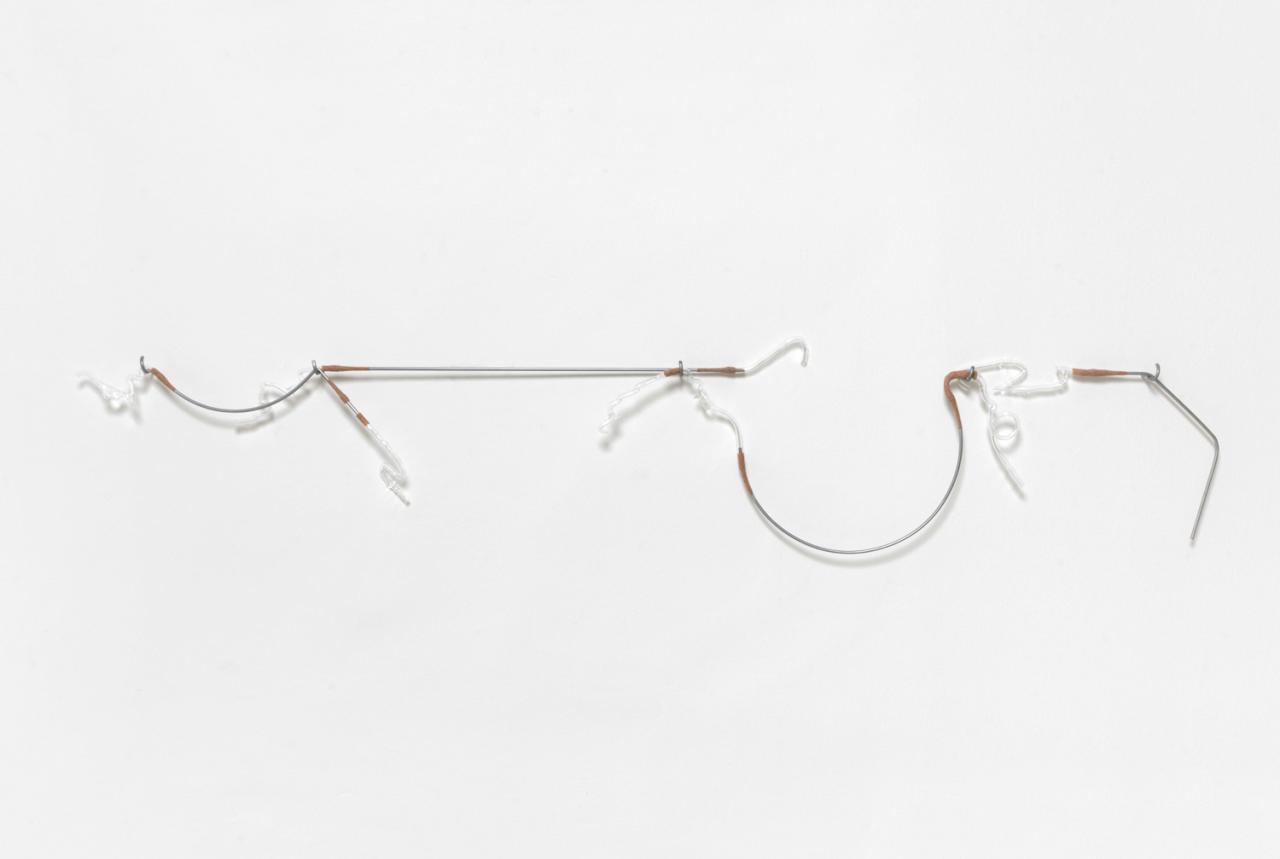
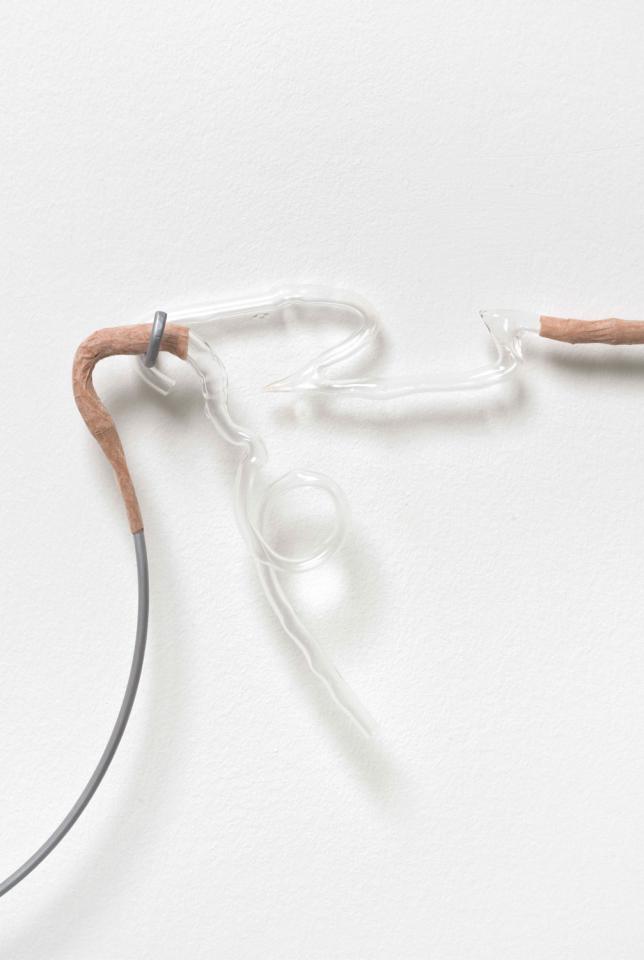
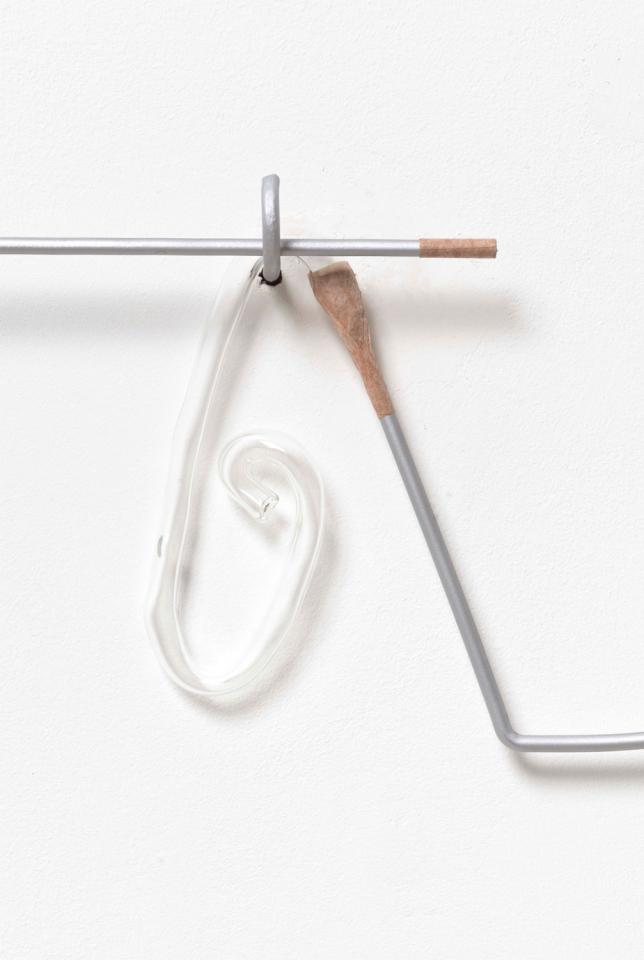
Living on the border, 2020,glass, steel, bandages, fabric, variable dimensions
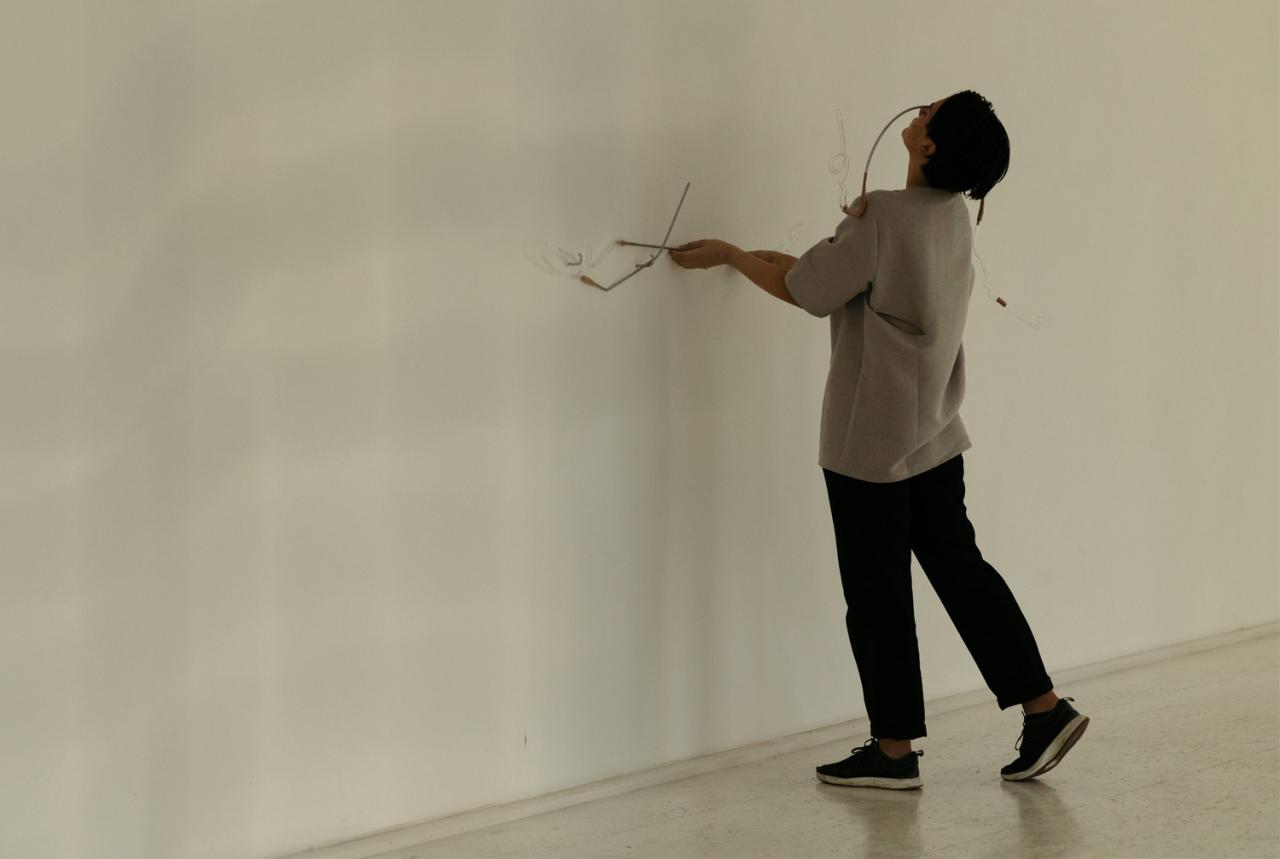
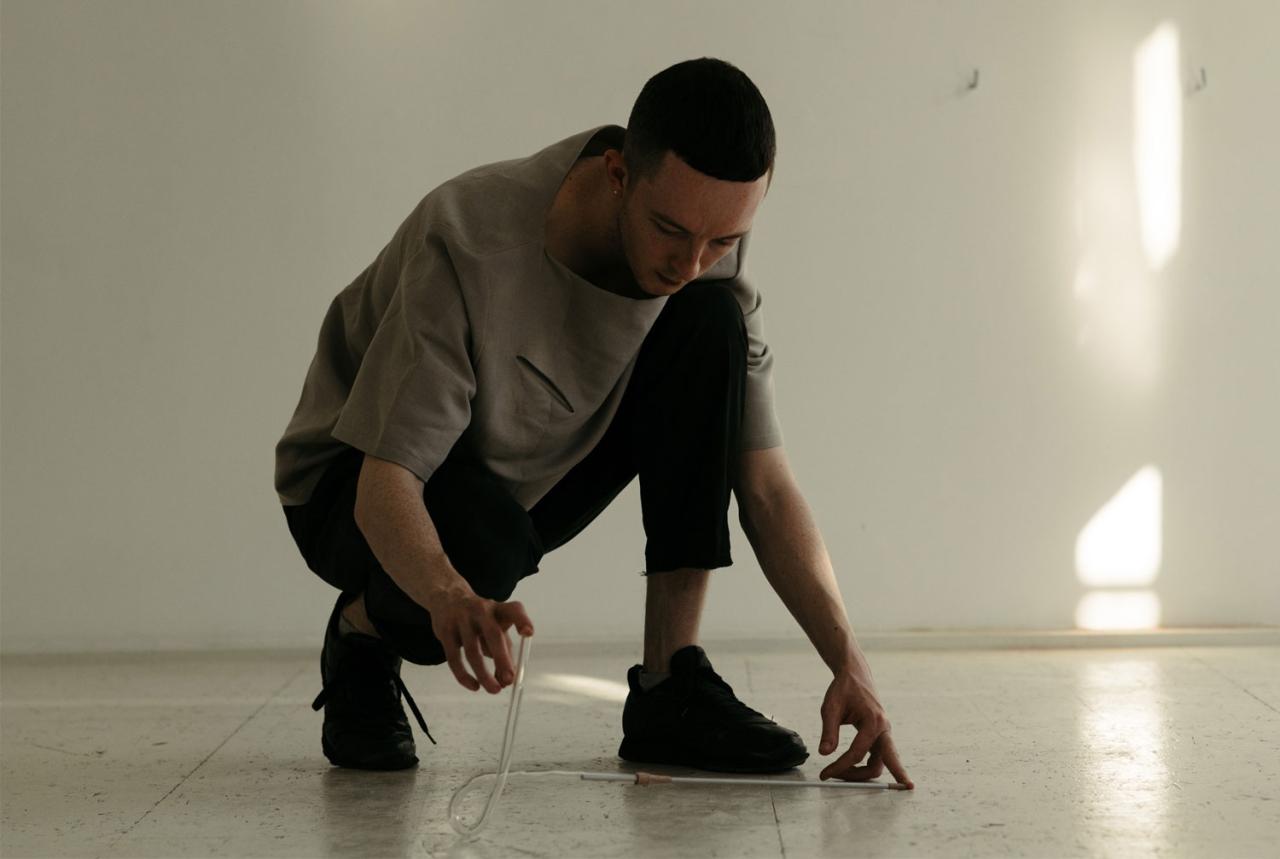
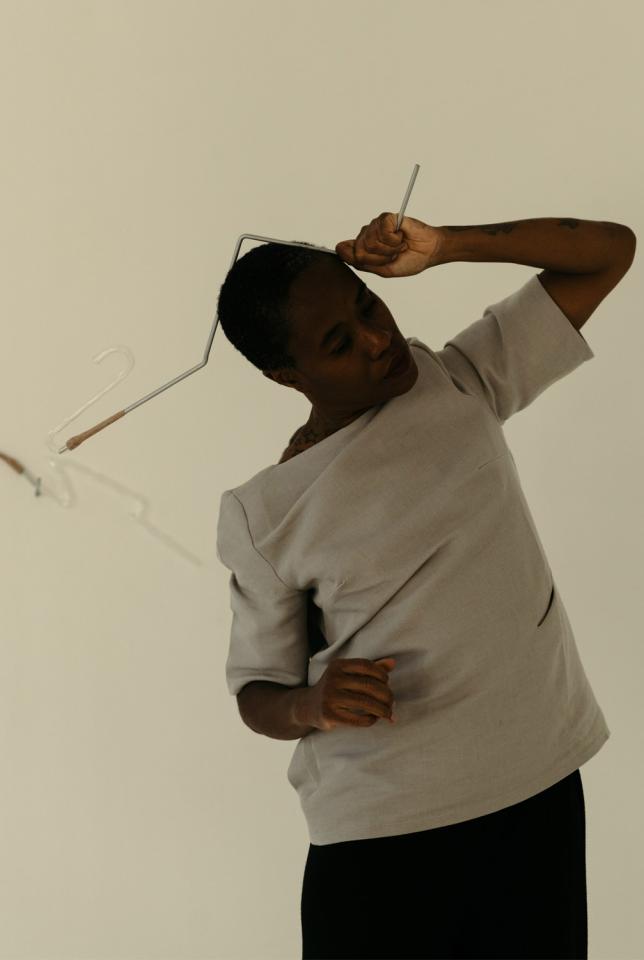
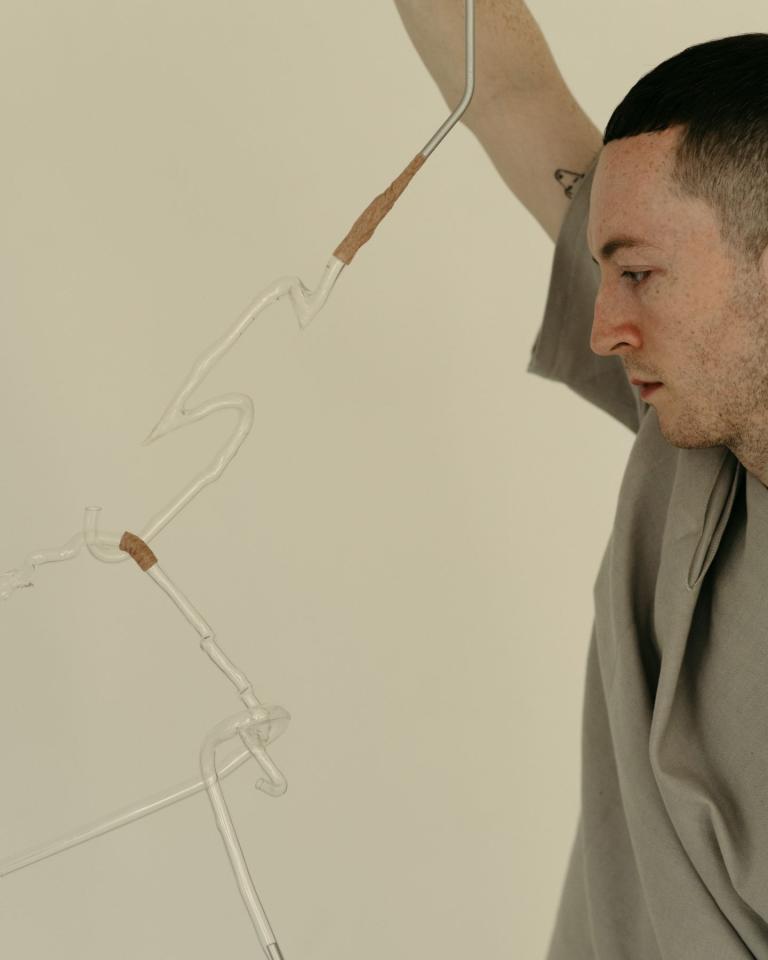
Living on the border, 2020, performance
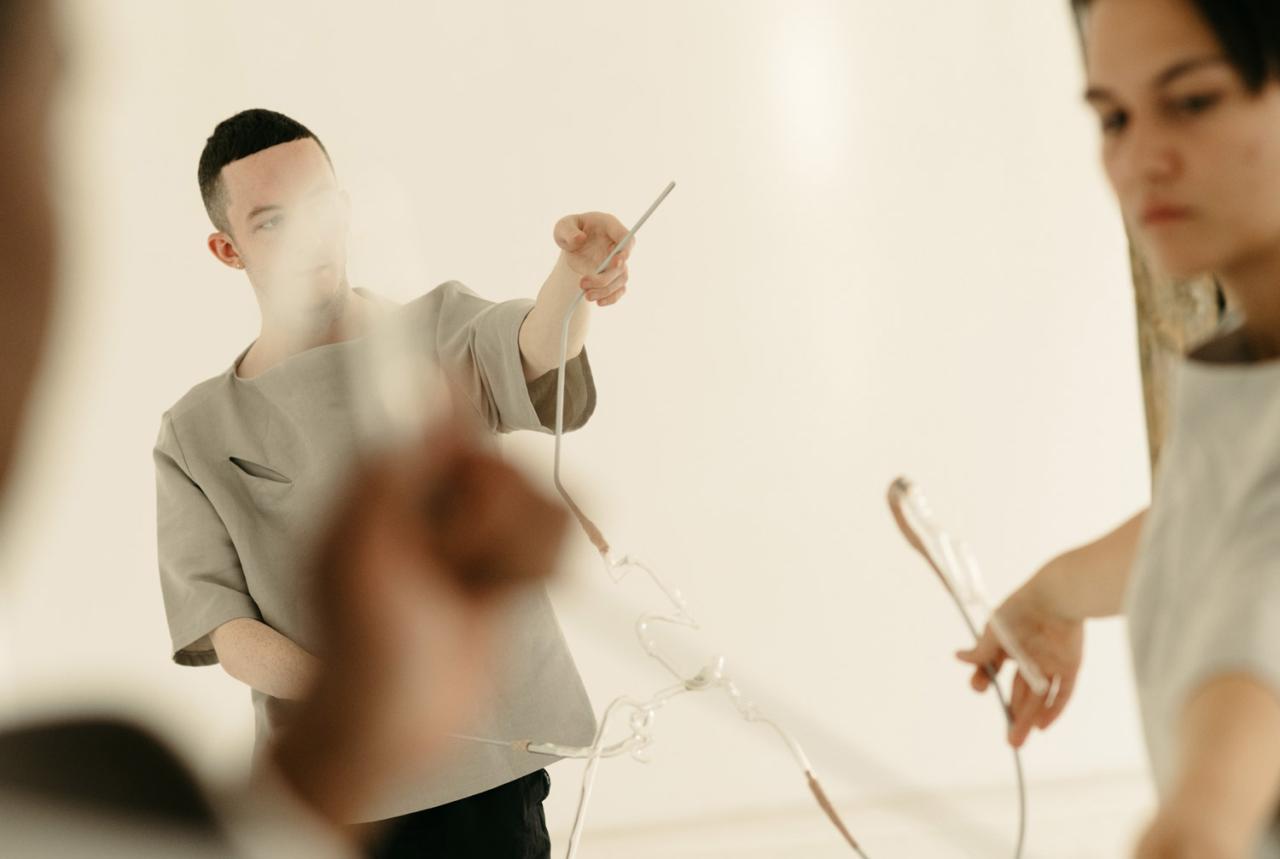
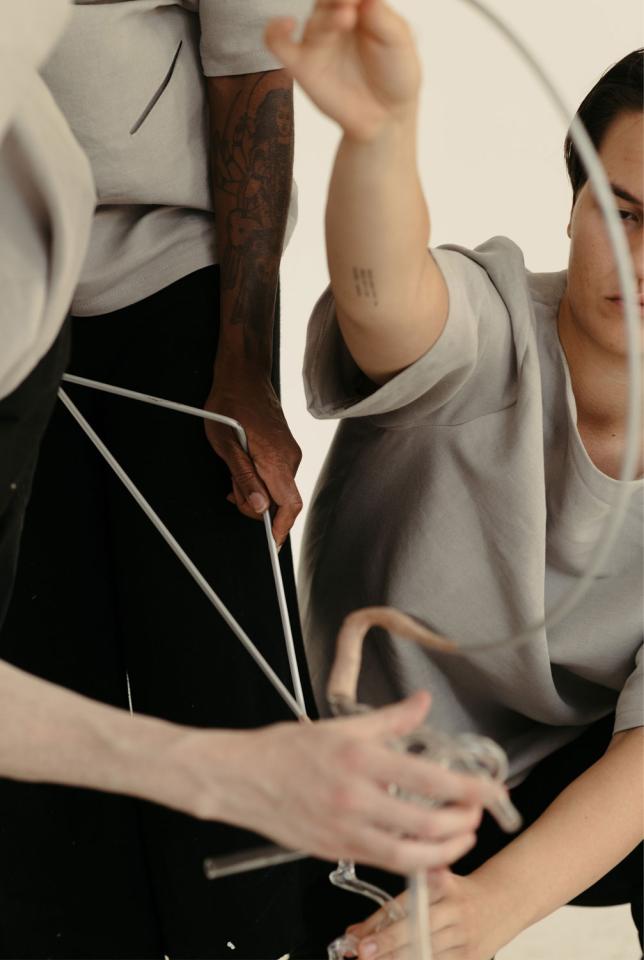
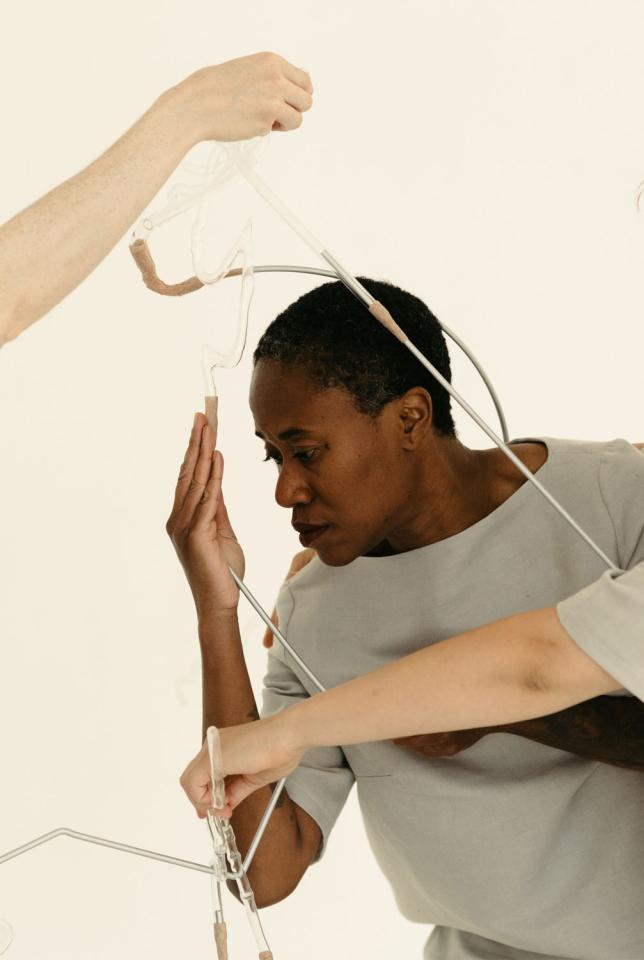
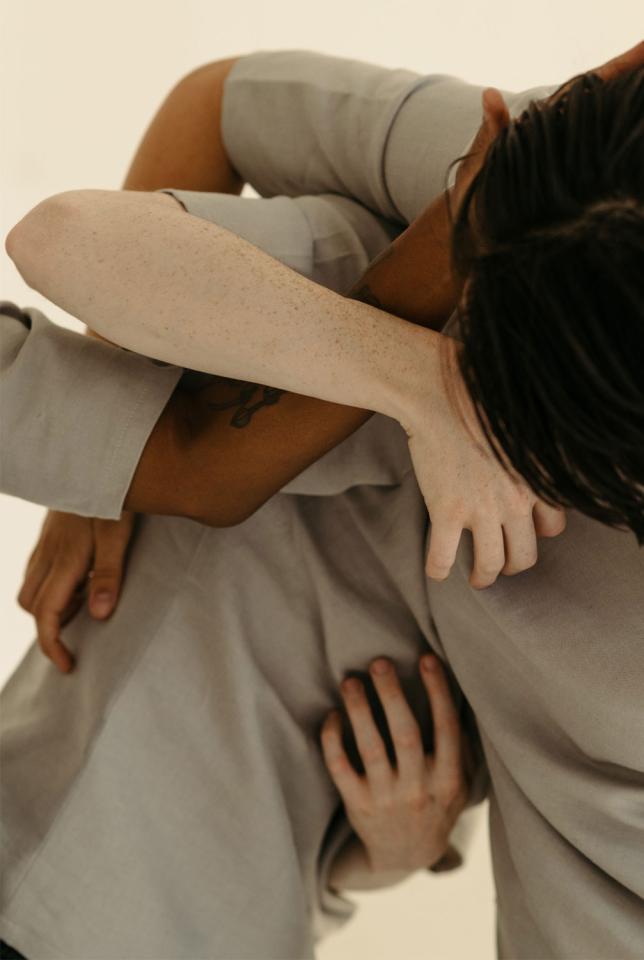
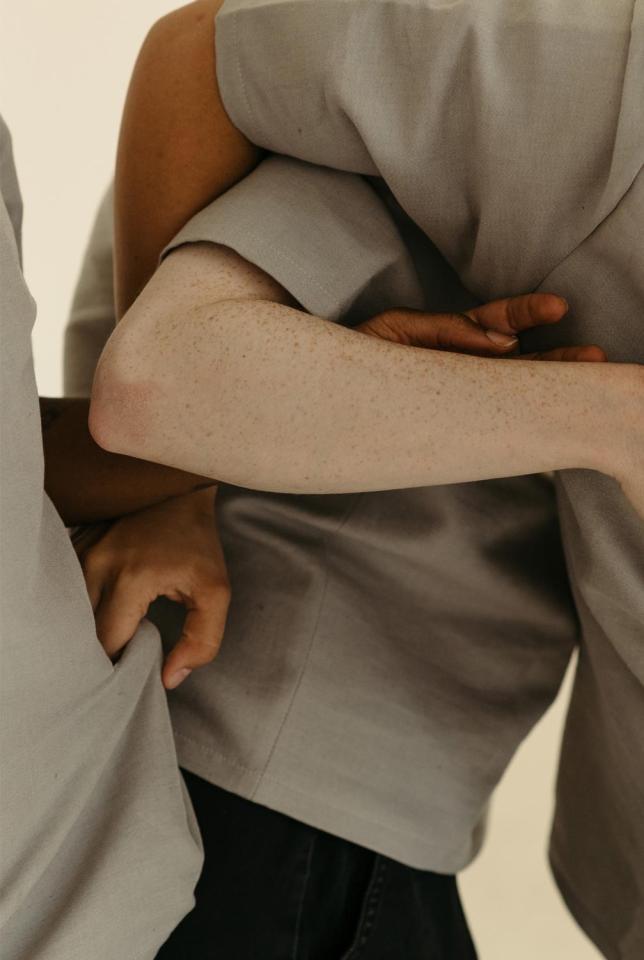
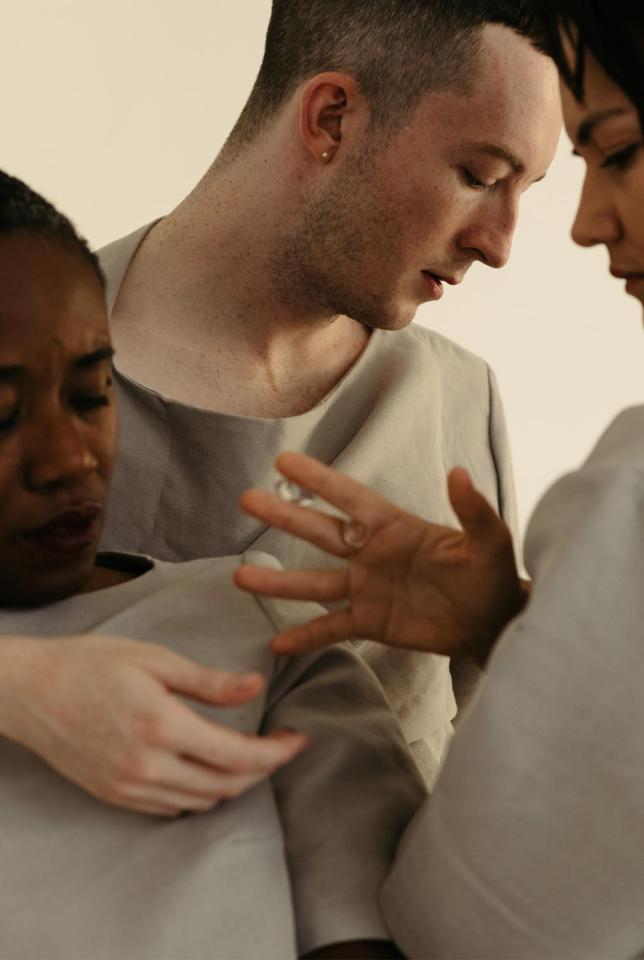
Living on the border, 2020, performance
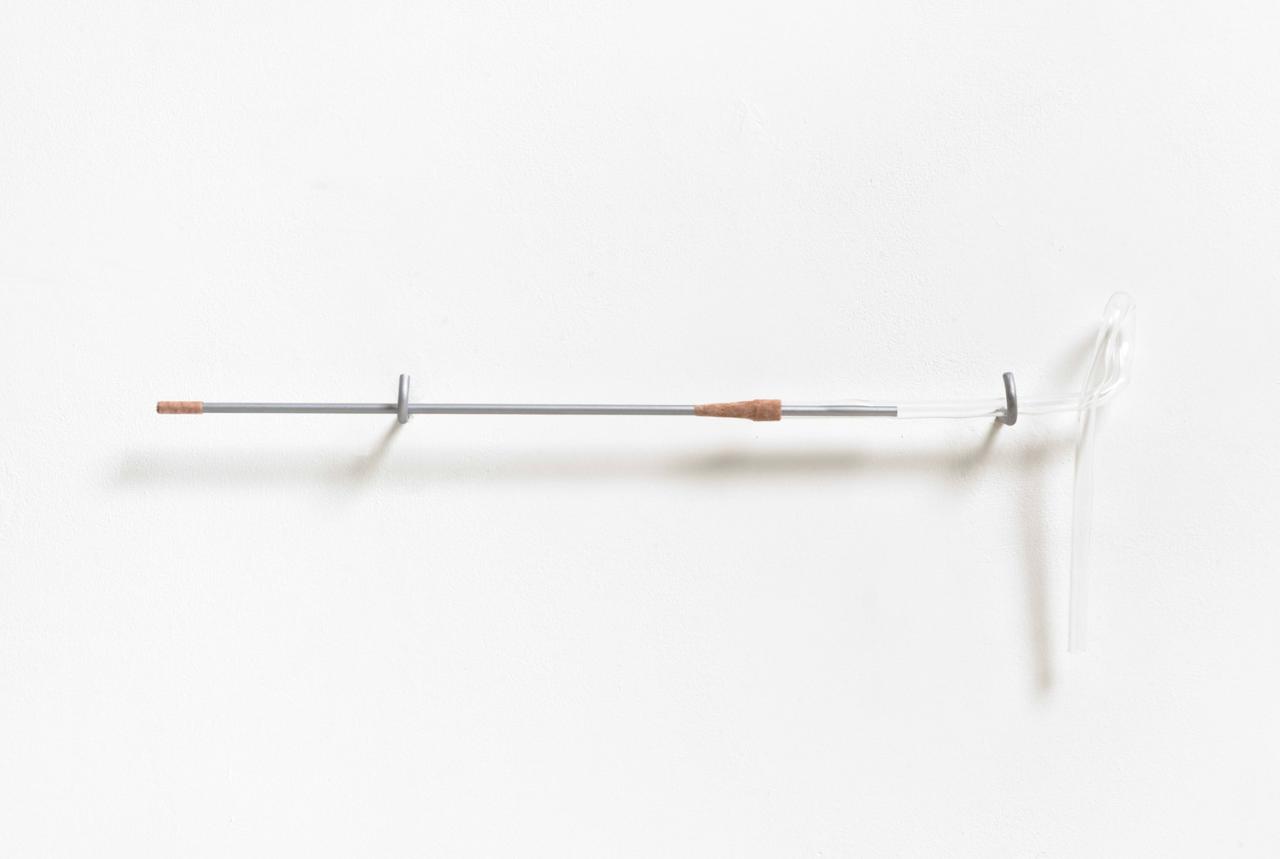
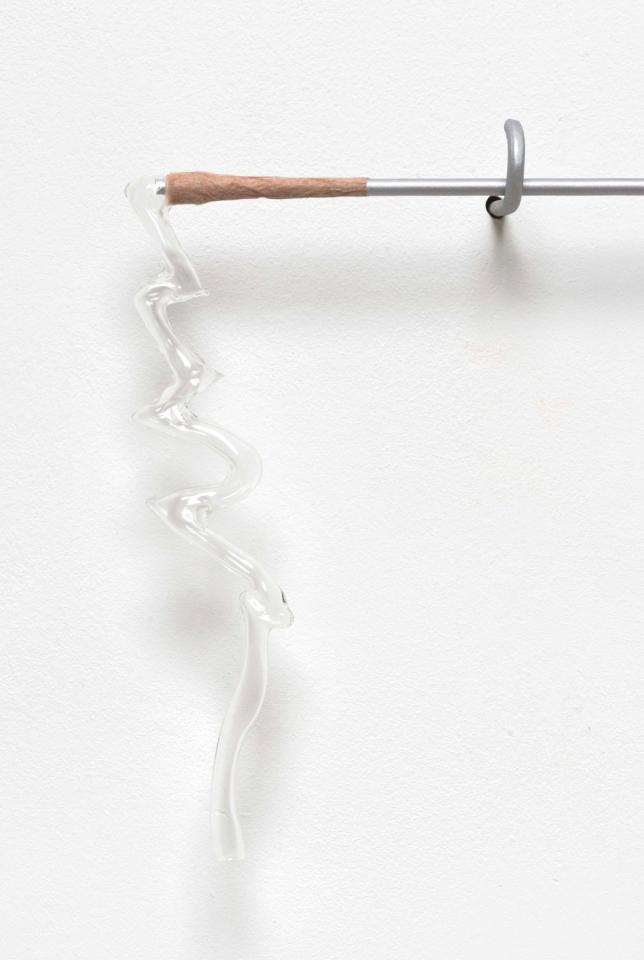
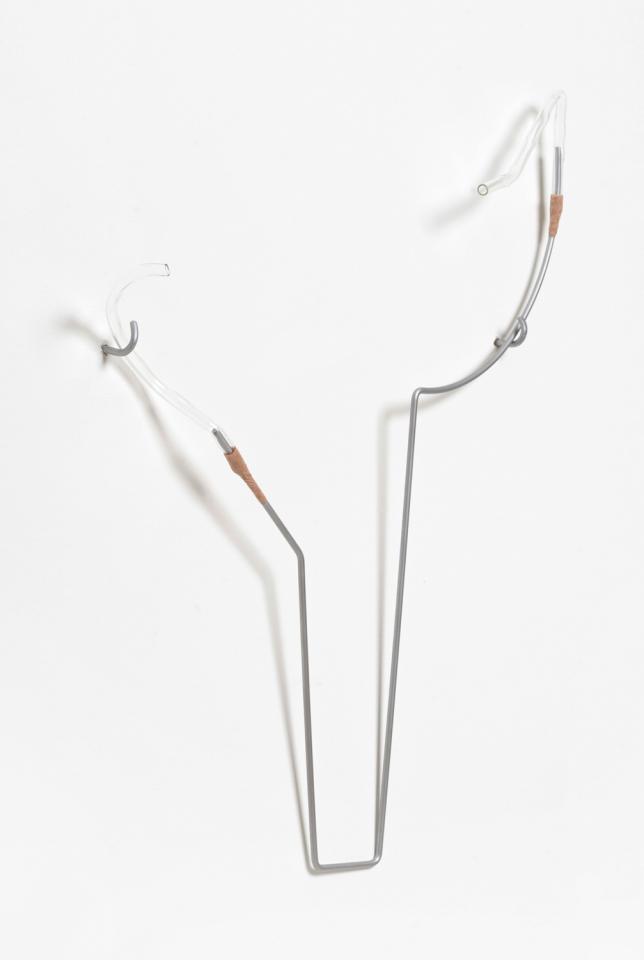
Living on the border, 2020, glass, steel, bandages, variable dimensions
Walking in Ice explores delicate and dynamic entanglements between the self and the other. The exhibition’s title is inspired by a memoir written by Werner Herzog, chronicling a journey from Munich to Paris that the German filmmaker undertook by foot in 1974 to be at the side of his gravely ill friend and mentor Lotte H. Eisner. Walking for three weeks in the deep chill of winter, Herzog was convinced that this act of physical devotion might save the life of his dying friend. Working in a range of medias, the artists in the exhibition all deal in different ways with questions of vanity, loneliness, and morality; a desire for connection; empathy and attraction; a compulsion to memorialize lovers, friends, or family members; the boundaries between the self and the other; and notions of injury, disturbance, and care.
Fanny Gicquel’s sculptures and performances adress ephemerality, fragility, and the inherent plurality of the self. Through slowness and immobility, her performances creates images close to a living picture, producing a particular poetic, tense, sometimes abstract, and uncertain athmosphere. When in performance, Gicquel’s sculpture act as measuring instruments, taking on the double function of marking the border between bodies while functioning as an extension of the body, allowing one to touch another.
On the occasion of the group exhibition Walking in Ice which explores the delicate and dynamic entanglements between the self and the other, the French artist Fanny Gicquel presents her first performance in Germany titled, Living on the Border, after a text by Leonora Miano. The border is described as a place to inhabit and a place of hospitality where one can either be faithful or disloyal to the other. The border is a blurry, malleable space, liminal, and porous space in which bodies and objects come together and apart. The performance adresses the ‘dialectics of the outside and the inside’, focusing on the parallel ways that one lives inside one’s body and lives inside external space. Borders are both distancing and intimate, it is a place of hybridization with otherworld collide. « The border, as I define it and inhabit it, is the place where the world’s touch, tirelessly. The place of constant oscillation : from one space to another, from one sensitivity to another, from one vision of the world to another. Border evokes a relationship. » Bodies and identities bind a loosen to form a new body langage. This porosity of the border between intimacy and exteriority explore our promiscuity and our contemporary distances. Fanny Gicquel has been long interested in the ides around « personal space » and social distancing in the space between us, whiwh now seems ever present. The sculptures can stand alone as discrete objects, but are also seen as part of a larger choregraphy of objects that are used in the performance practice. The sculptures when used between the performers act as measuring instruments to mark the distance between moving bodies as the materiality of fragility and human fragility are coupled. Each object creates a relation between the sculptural object and the body as object, questioning the subject and object relation, in particular the objects take on an anthropomorphic life. Here the object has a double function : on one hand it
marks the border between the bodies but on the other hand it is an extension of the body which makes is possible to reach and touch the other. Once hung„ the sculpture recalls the contours outlines of the bodies exterior but also a line of written tewt and a score for the choregraphy of movement or sound.
Download the room plan : feuille-de-salle-living-on-the-border.pdf